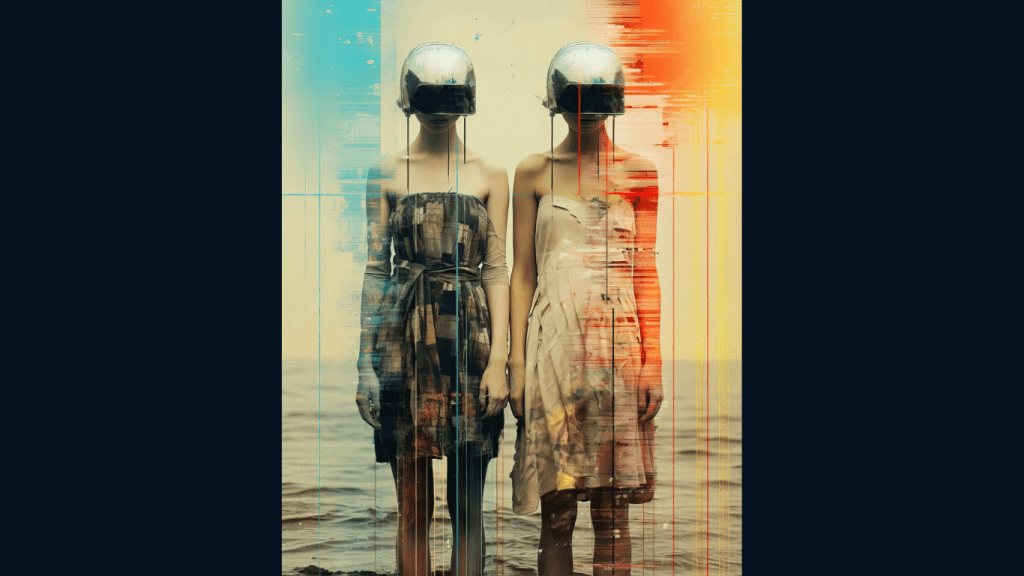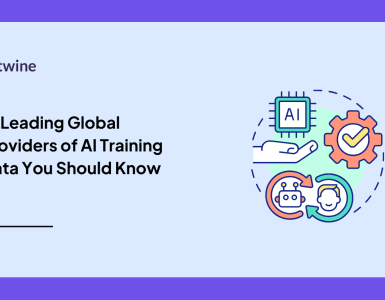
AI, or artificial intelligence, has been making significant advancements in various fields, including art creation. With the ability to generate high-quality images and even replicate the voices of famous artists like Drake, AI has raised questions about the future of artists and their role in the creative process. There is a lot of fear in the creative industry right now. However, it is important to understand the limitations and potential of AI in art and creative work before making any assumptions about its impact on artists.
AI-Generated Images: Pushing Boundaries
One area where AI has shown remarkable progress is in generating images. From concept art for video games to photorealistic works, AI has demonstrated its ability to produce visually stunning and imaginative pieces. These generative AI systems can create wild, fantastic out-of-this-world wacky images based on user-provided prompts, allowing artists to explore new artistic avenues. For example, an artist can suggest a prompt, and the AI will generate an image that matches the description, saving artists valuable time and energy in the creative process.
However, it is important to note that current AI systems still require human interaction and curation. Artists play a crucial role in refining the output of AI-generated images, ensuring that they align with their artistic vision. While AI can assist in generating novel material, its aesthetic value may still be limited as it relies on existing data and patterns. The output may be unique in the sense that it has never been created before, but it may lack the depth and creativity that human artists bring to their work. It’s also far from perfect. Models that can struggle where there is less data – look at the hands and feet generated by humans.
AI in Graphic Design
Graphic design is a multidisciplinary field that combines art, technology, and communication to create visually compelling designs. AI has made significant strides in automating certain aspects of graphic design, such as generating design variations, analyzing data, and assisting with repetitive tasks.
One notable example is Canvas Design AI, which uses machine learning algorithms to help users design visually appealing graphics. It suggests design elements, color combinations, and layout options based on user preferences and design trends. While Design AI streamlines the design process, it still requires human input and decision-making to bring a personal touch and creative vision to the final design.
AI in Acting
Acting is a profession that relies heavily on human emotion, expression, and interpretation. While AI cannot replicate the depth of human emotions, it has found some applications in the acting industry. AI-powered tools like OpenAI’s GPT-4 have been used to generate scripts, and dialogue, and even assist with character development.
An article by The Guardian highlights how AI has been used to create “virtual actors” in video games and films. These virtual actors can adapt their performances based on real-time audience feedback, creating more immersive experiences. However, it is important to note that AI-generated performances lack the spontaneity, nuance, and improvisational skills that human actors bring to their craft.
AI has shown promise in the acting industry by assisting in script generation and character development. It can analyze vast amounts of data, such as scripts, films, and performances, to identify patterns and generate new ideas. AI algorithms can provide valuable insights into character development, helping actors understand their roles better. However, the final interpretation and portrayal of a character require the creativity, emotions, and intuition that only human actors can provide.
AI in Music Composition
AI has also made strides in music composition. By analyzing existing musical compositions and patterns, AI algorithms can generate original melodies and harmonies. This can be a valuable tool for composers, providing them with new ideas and inspiration. However, the emotional depth, storytelling abilities, and personal experiences that human composers bring to their work cannot be replicated by AI. Music is a deeply human art form, and the emotions it evokes stem from the personal and unique perspectives of its creators.
AI in Photography
In the field of photography, AI has been used to enhance image quality, automate post-processing tasks, and even generate realistic images. AI algorithms can analyze vast datasets of photographs to learn patterns and generate aesthetically pleasing images. While this can be a useful tool for photographers, the ability to capture emotions, tell stories, and create a connection with the subject requires the human eye, intuition, and empathy.
“The optimistic view is that AI joins the long list of fabulous tools that creators use. The pessimist would say that this is going to be disruptive to livelihoods. The money stands to benefit. And who is most vulnerable? The talent.”
Jason Squire, Professor Emeritus at the USC School of Cinematic Arts
Collaborative Relationship: Artists and AI
Despite the advancements in AI, it is unlikely that AI will replace artists entirely. Instead, there is great potential for a collaborative relationship between artists and AI. AI can serve as a powerful tool to expand the possibilities of art-making, allowing artists to explore new ideas and experiment with different concepts. By leveraging the capabilities of AI, artists may find themselves with more time and energy to focus on exploring artistic avenues and producing paradigm-shifting art.
Philip Galanter, an artist and scholar, defines “generative art” as any art practice where the artist uses a system, such as a computer program, to contribute to or result in a completed work of art. Generative art-making practices have been around for decades, and human interaction with these systems has produced truly stunning work. The collaboration between artists and AI can lead to the creation of unique and innovative pieces that push the boundaries of traditional art forms.
Copyright and Ethical Considerations
As AI becomes more capable of replicating the voices and styles of famous artists, copyright and ethical considerations come into play. The case of the AI-generated track featuring Drake’s voice raises questions about copyright infringement and the ownership of creative works. While AI may have been used as a tool to create something new, it is the human artist who should be credited for their creativity and originality.
Similarly, in the film industry, the use of AI to replicate actors’ likenesses has sparked debates about performers’ rights and the role of directors and producers as creative artists. It is essential to consider the legal and ethical implications of using AI in creative processes to ensure that the rights and contributions of artists are respected.
The Future of AI in Art Creation
Looking ahead, it is clear that AI will continue to play a significant role in art creation. However, it is important to recognize the limitations of AI and the value that human artists bring to the creative process. AI can be a powerful tool that enhances and expands artistic possibilities, but it cannot replace the depth, creativity, and unique perspective that human artists offer.
As AI technology advances, there is a need for ongoing discussions and collaborations between artists, technologists, and policymakers to address the legal, ethical, and societal implications of AI in art creation. By embracing the potential of AI while safeguarding the rights and contributions of artists, we can create a future where AI and human artists work together to push the boundaries of creativity and produce truly remarkable art.
Final Thoughts
When cinema started to gain traction in the 1910s, there was a backlash from the theatre community. What would it do to it? Would it still exist? Well, here we are, over 100 years later and there are theatres all over the world. Yes, it’s changed, new mediums have attracted attention, but it is still here. One thing I can say with absolute certainty is that things will change. Technology will continue to change the creative industry now and in the future.
AI has made significant advancements in art creation, particularly in generating images and even replicating voices. While AI can assist artists in the creative process and expand the possibilities of art-making, it’s not going to replace artists.
Instead, there is great potential for a collaborative relationship between artists and AI, where AI serves as a powerful tool to enhance the creative process. Artists bring their unique perspectives, creativity, and ability to produce paradigm-shifting art that AI cannot replicate. As AI technology continues to evolve, it is crucial to address legal, ethical, and societal considerations to ensure the rights and contributions of artists are respected.
By embracing the potential of AI while recognizing its limitations, we can create a future where AI and human artists work together to push the boundaries of creativity and produce extraordinary art.



